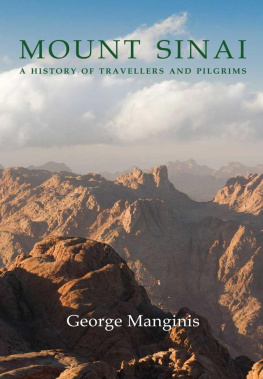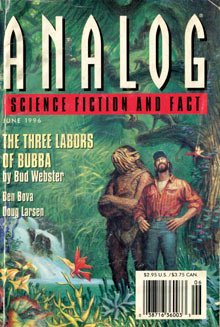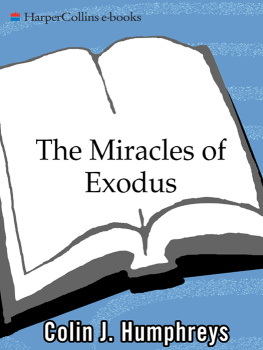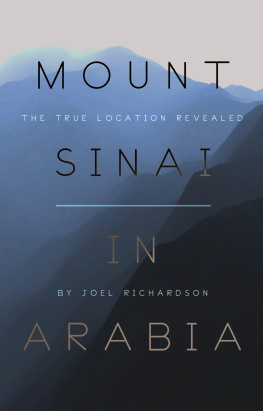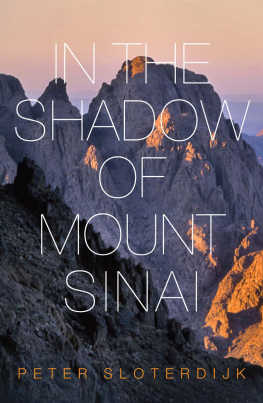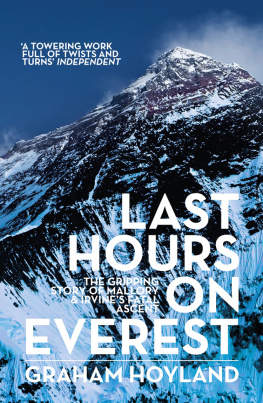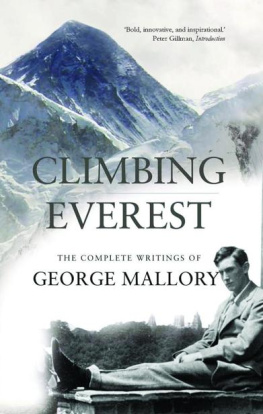MOUNT SINAI
A History of Travellers and Pilgrims
George Manginis
First published in 2016 by
HAUS PUBLISHING LTD
70 Cadogan Place
London SW1X 9AH
www.hauspublishing.com
Copyright George Manginis, 2016
The moral right of the author has been asserted
A CIP catalogue record for this book is available from the British Library
ISBN: 978-1-910376-50-8
eISBN: 978-1-910376-51-5
Maps on endpapers by Fiorella Modolo
www.fiorellamodolo.com
Frontispiece. Looking East from Rs Sufsfeh, Sinai. In the small illustration is represented the summit of Jebel Msa, with the chapel and the less conspicuous mosque. Wood engraving on paper.
All rights reserved.
Contents
Acknowledgements
Acknowledgements
This book would not have existed without the invitation of Sophia Kalopissi-Verti and Maria Panayotidi-Kesisoglou to participate in the Jabal Ms excavation and without the offer of Ilse Schwepcke, Barbara Schwepcke and Harry Hall of Haus Publishing to distill fifteen years of research into these pages. Thanks are due to Geoffrey R.D. King for his support and to Robert Hillenbrand and Hugh Kennedy for their advice. My research was supported by the Greek Archaeological Committee, U.K. and especially Matti Egon. The Harold Hyam Wingate Foundation, London, the A.G. Leventis Foundation, Paris, and the Benevolent Fund of the Greek Cathedral of Saint Sophia, London, also contributed through grants.
Fellow excavators Nikolas Fyssas and Zeta Foukaneli and the brotherhood of the Monastery of Saint Catherine made my survival at Jabal Ms possible and indeed enjoyable. Particular gratitude should be extended to Fathers Daniel, Porphyrios, Symeon and Ioannis. Petros Koufopoulos introduced me to Sinai and I owe to him my communion with the place.
Emma Henderson edited the manuscript with rare patience and Fiorella Modolo contributed the maps for the endpapers. Friends and colleagues embraced my effort, among them Janet Anderson, Theonas Bakalis, Christos Bitzis-Politis, Inne Broos, Moya Carey, Philip Constantinidi, Hettie Elgood, Babis Floros, Melanie Gibson, Charlotte Horlyck, Nadania Idriss, Ira Kaliabetsos, Michael Lee, David Lilley and Glen Stuart, Mina Moraitou, Dionyssis Mourelatos, Charles Plante, Peggy Ringa, Salam Said, Maria Sardi, Jane Sconce, Nicholas Sikorski, Artemis Symvoulaki, Zetta Theodoropoulou and Antonis Polychroniadis, Tania Tribe, Giorgos Vavouranakis and Georgia Vossou. Finally, words of thanks are due to my mother Scarlata, late father Eustathios, sister Golfo and aunt Phrosso Tsakalaki.
Figure 1. David Roberts (British, 17961864), The Monastery of St. Catherine . Lithograph on paper. Based on drawings executed in February 1839.
Introduction
But good heavens, man! the Colonel suddenly exploded. Thats all been done before! Every inch of it! Mount Sinai! Everybodys Mount Sinai!
Yes, sir! I hastened. Thats rather the point of it, in a way. But what original ideas have you on the subject? Dont you see? Mustnt write a book like this without having original ideas!
Louis Golding, In the Steps of Moses the Lawgiver, London 1938, viiiix.
The Mount Sinai about which a certain Colonel Smith erupted while sitting at the dining room of the Bel Air hotel in Suez is a mountain peak towering above the Monastery of Saint Catherine in Egypts peninsula of Sinai. The Greek name of the peak is Hagia Koryph, the Holy Summit, and its Arabic name, Jabal Ms, Summit of Moses, reflects a biblical association. Jabal Ms has been known for centuries as the place where the prophet Moses met God and received the Law, as described in the book of Exodus. The identification was first made around the third century AD and this is where the narrative of this book begins, extending to the outbreak of World War I.
In the last years of the last century an excavation was organised at the summit. It brought to light a sixth-century church, dated to the time of the Roman emperor Justinian I (483565, ruled 527565). Previously unknown remains of an earlier church, built according to sources between 360 and 367, survived underneath. The agreement between the textual and the archaeological record was remarkable. By the time the excavation was finished in October 1999, the historical succession of building phases at Jabal Ms had been established, though few questions as to the importance of the site for the people who visited had either been asked or answered. The nature of the moveable finds, a haphazard accumulation that came to be broken on Jabal Ms after long journeys from distant destinations, made the typological variations so diverse that few patterns of traffic or use could be determined. The site seemed like a Noahs Ark of European and Near Eastern material culture: two specimens of each kind and not much of any. The ways in which Jabal Ms has been experienced and transformed can only be grasped through an interdisciplinary study, using textual criticism, archaeological interpretation, historical analysis and art historical appreciation.
This integrated approach to the sites bimillennial history is the aim of the biography at hand which records the life of the place. The pattern of this life is organic: periods of growth were followed by quiet spells, times of commotion preceded peaceful centuries. Jabal Mss biography focuses on its periods of activity: the fourth century, the mid-sixth century, the early seventh century, the early eleventh century, the early sixteenth century and the nineteenth century (Table 1). These are turning points which mark major changes of the sites history and will set a pattern for the discussion in the following pages.
Geography
Place names
Most of the sources on Jabal Ms are in Greek and the longest- living tradition is preserved by the Greek-speaking monks of the Monastery of Saint Catherine. Accordingly, Greek place names are older than Arabic ones, which largely follow Christian biblical identifications. However, Arabic place names are more widely used today and are therefore preferred in this book. A list of the main place names in their Greek, Arabic and Hebrew versions appears in Table 2; names used in the book appear in bold and most are situated in the Localities of the Horeb map on the front endpaper.

Within the book the name Sinai refers to the peninsula of Sinai. Mount Sinai is not used to denote either the summit of Jabal Ms or the mountain it crowns (which is called Horeb), but the biblical Mount of the Law in its textual manifestation. Horeb is a mountain cluster which includes the summits of Jabal Ms and Ras affa as well as the basin of Farsh Elias, and is bordered by Wd l-Dayr. However, Sinai, Jabal Ms and Mount Sinai have often been used interchangeably in texts to describe what here is referred to as Horeb.







